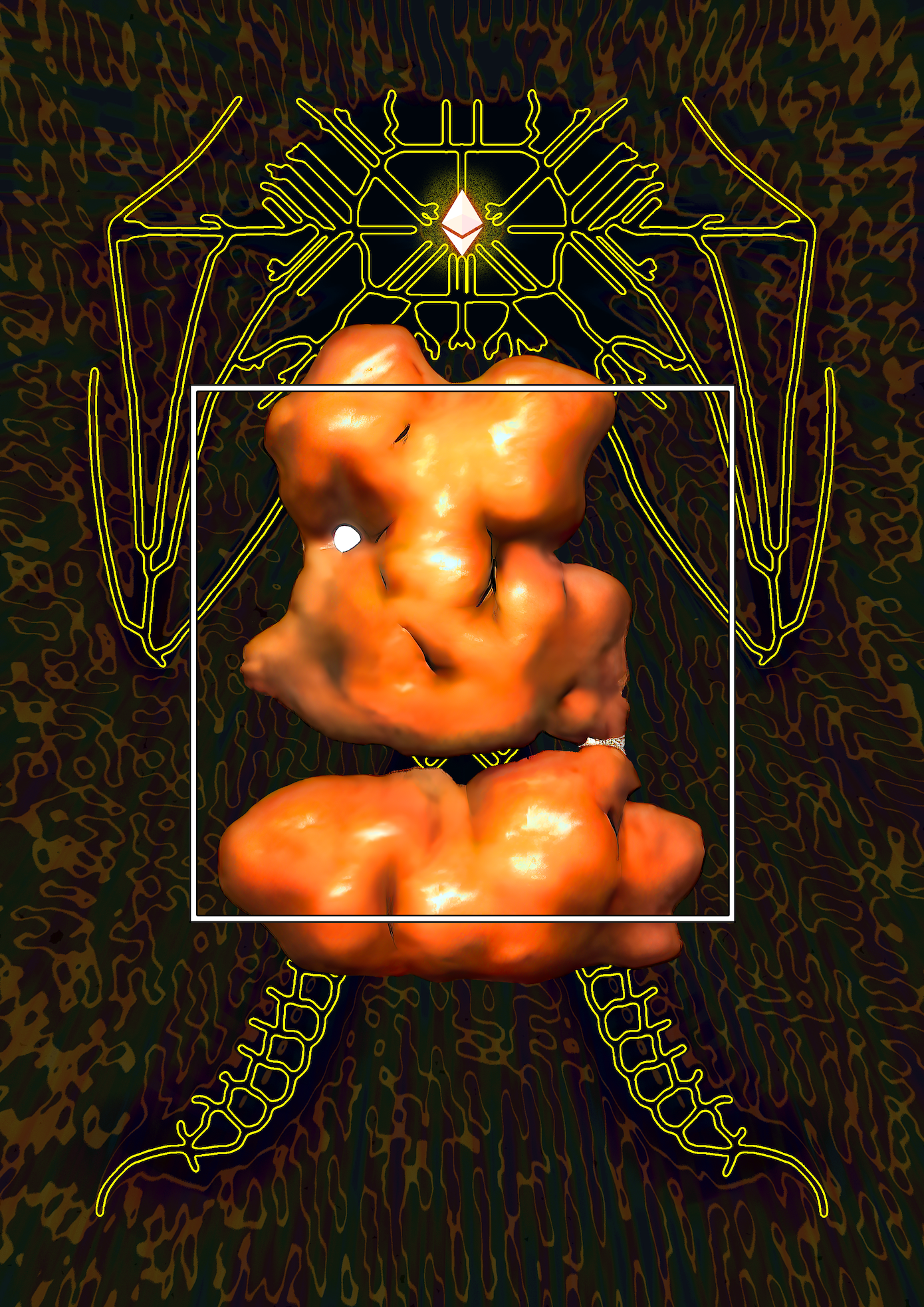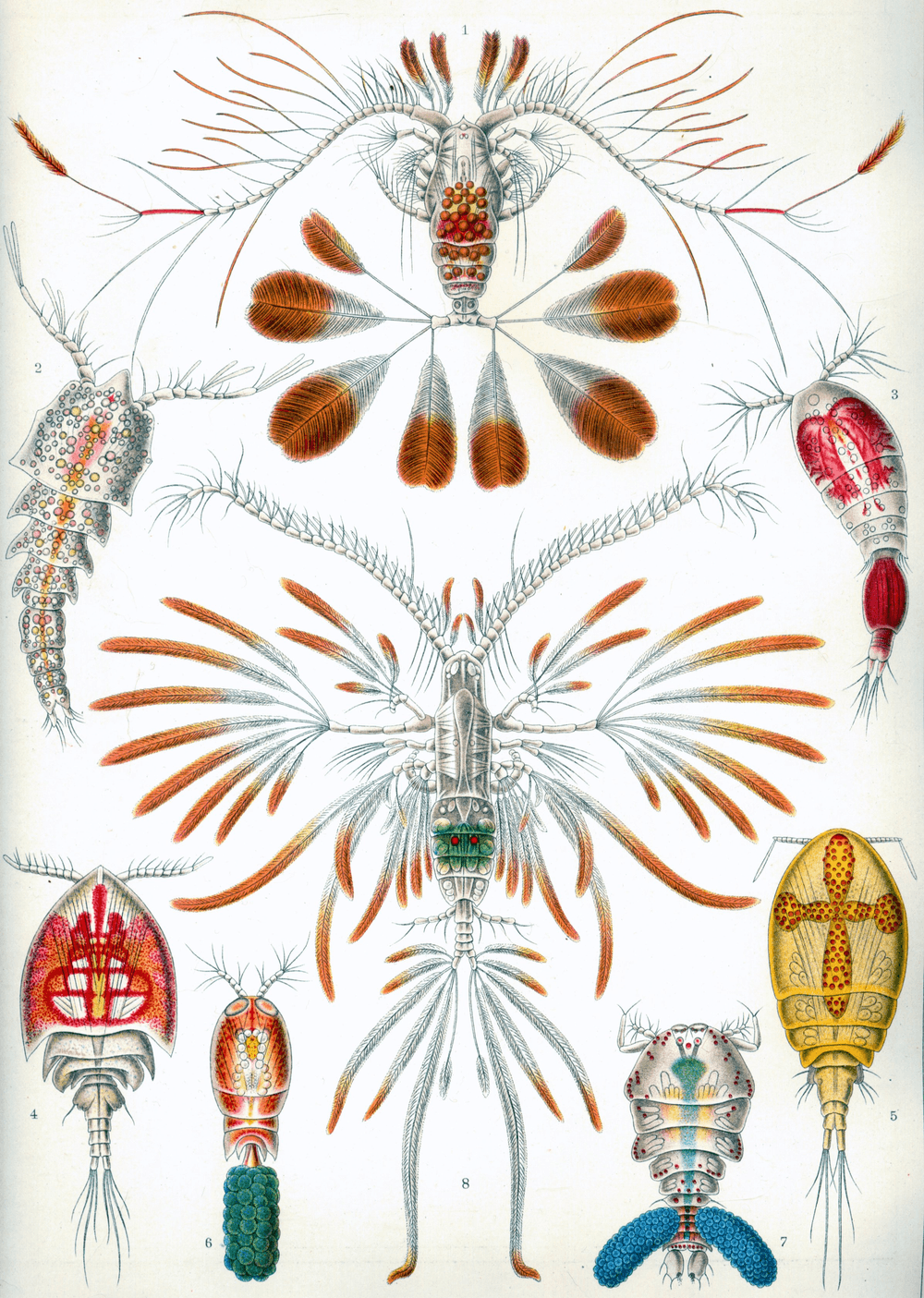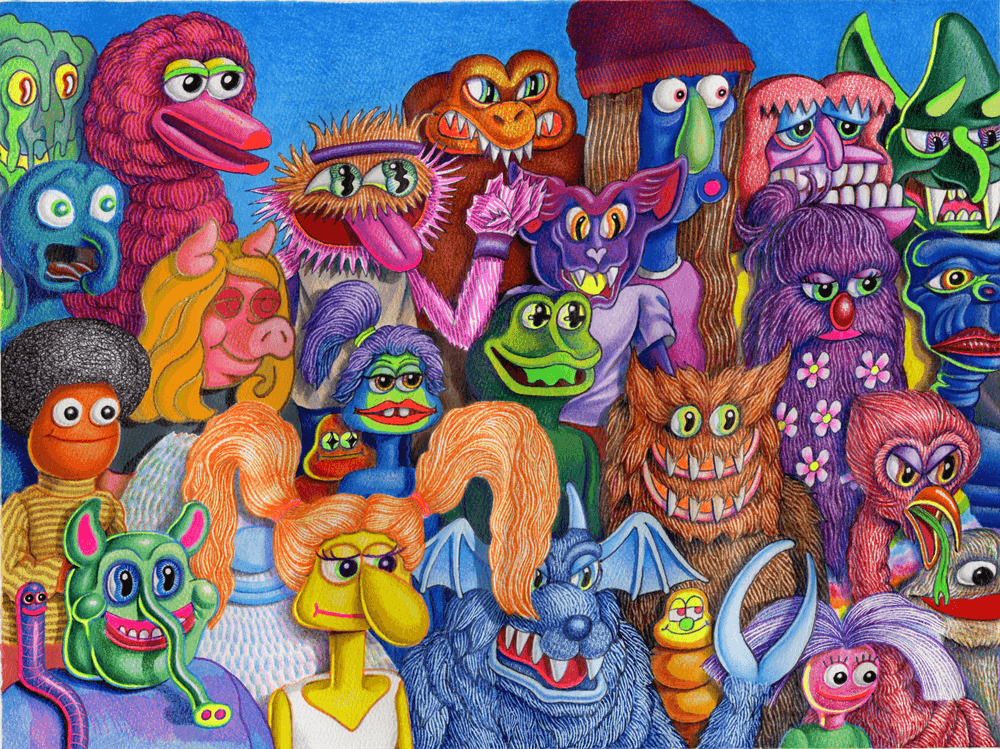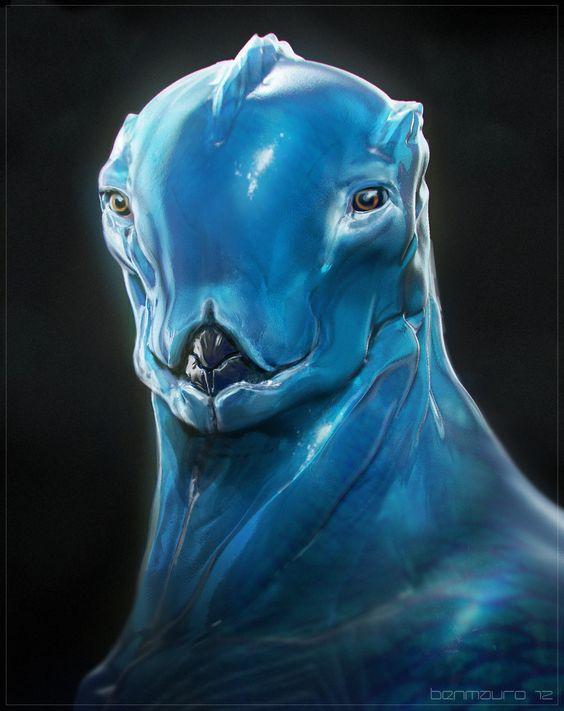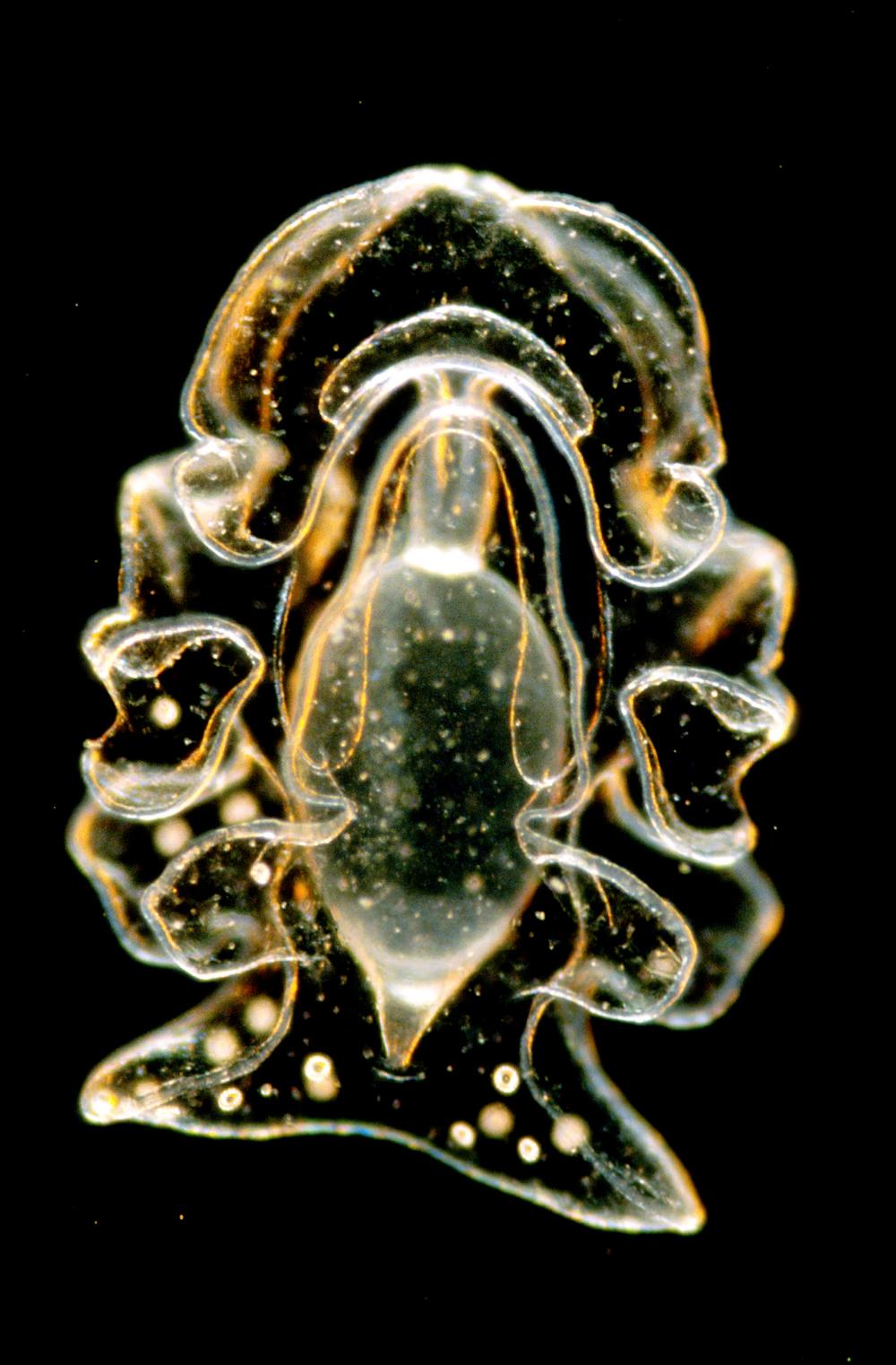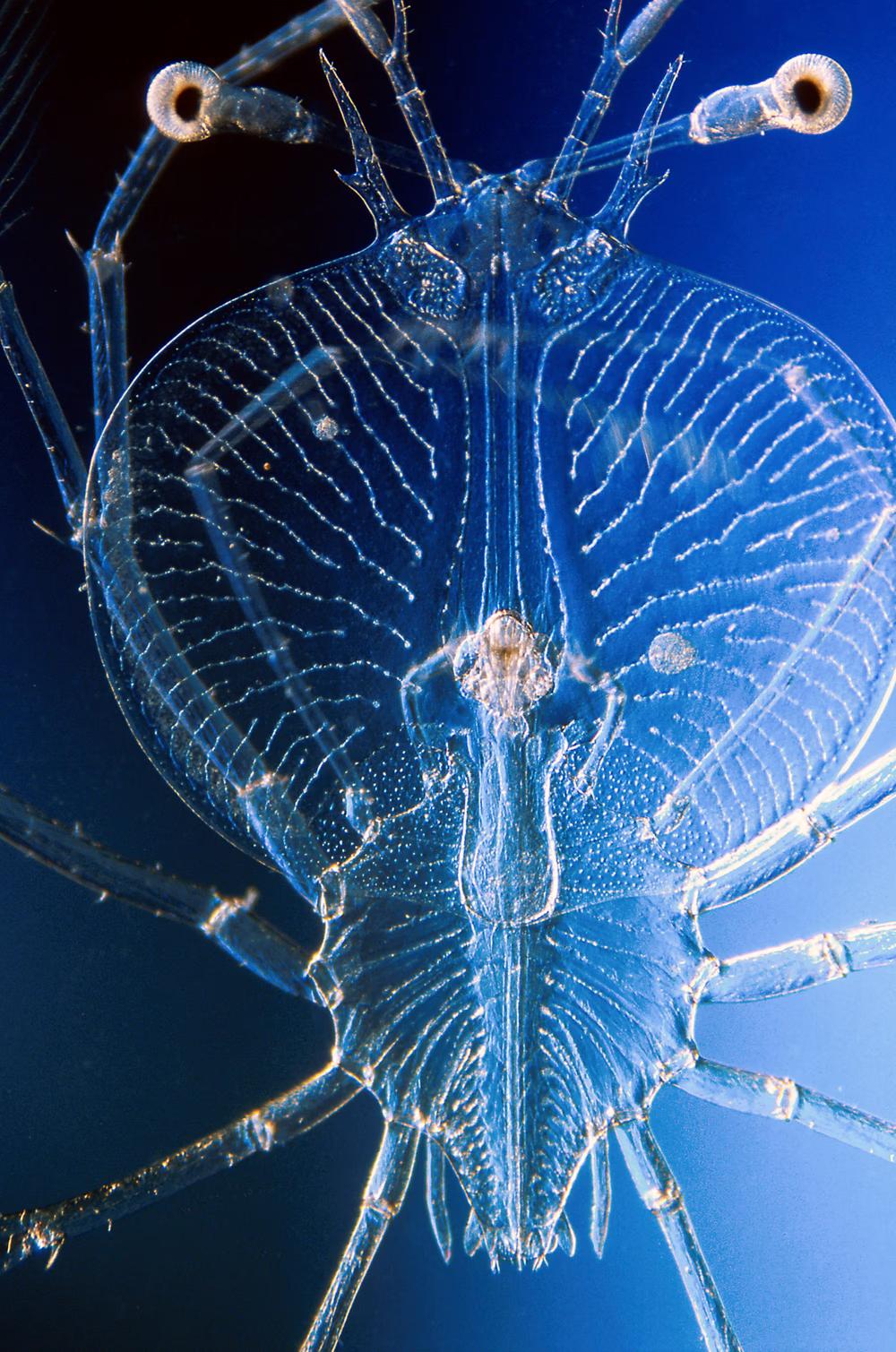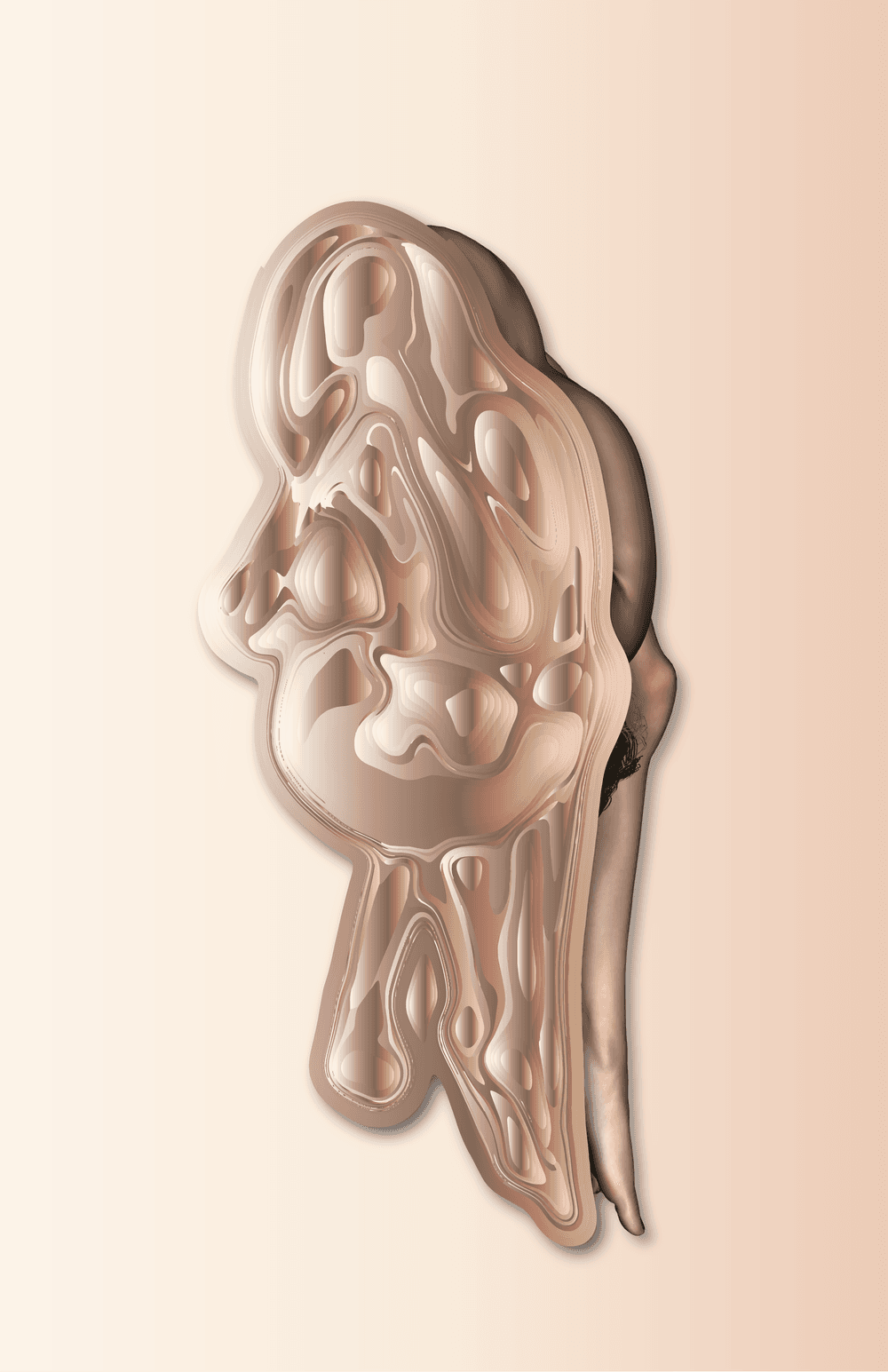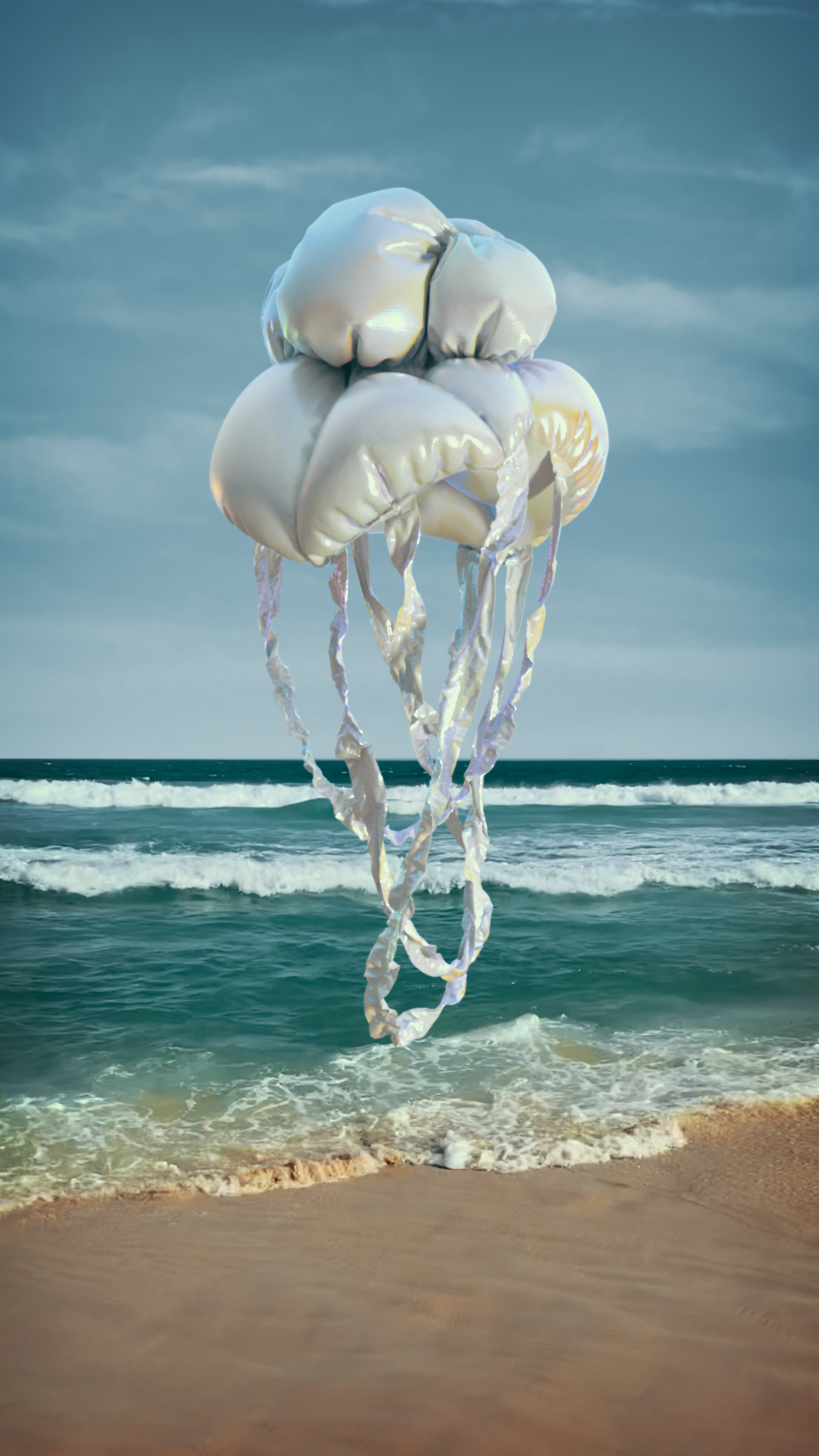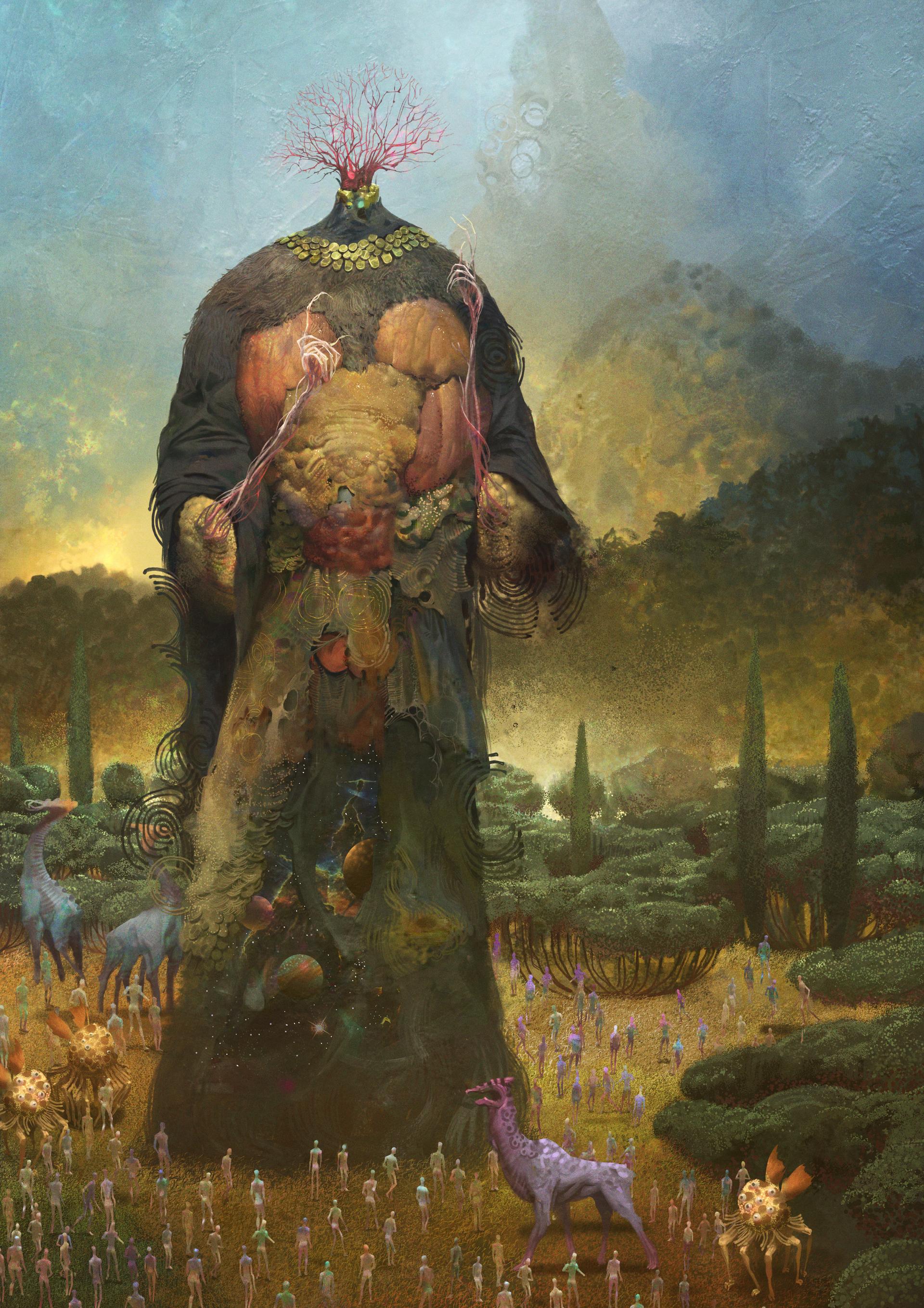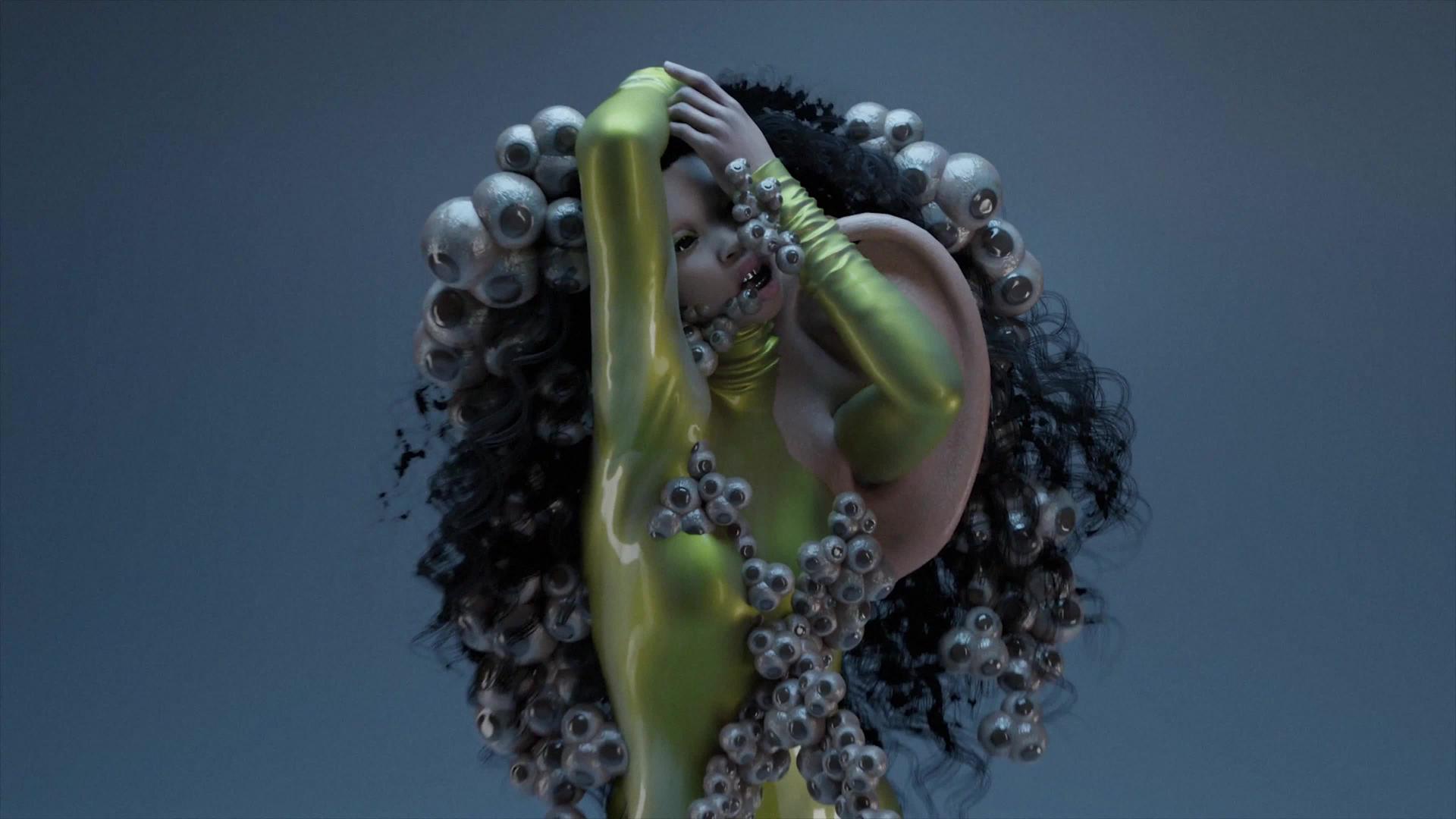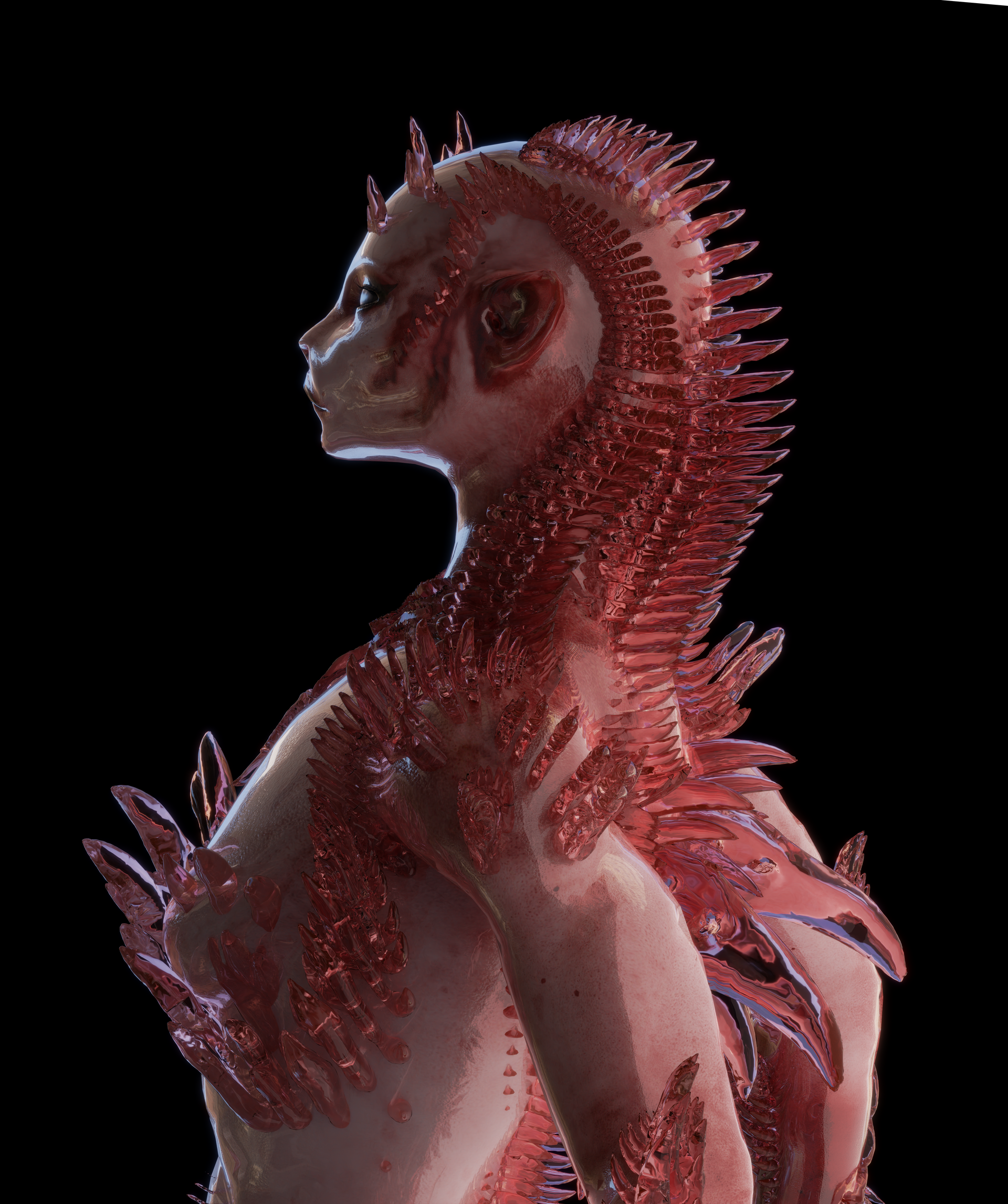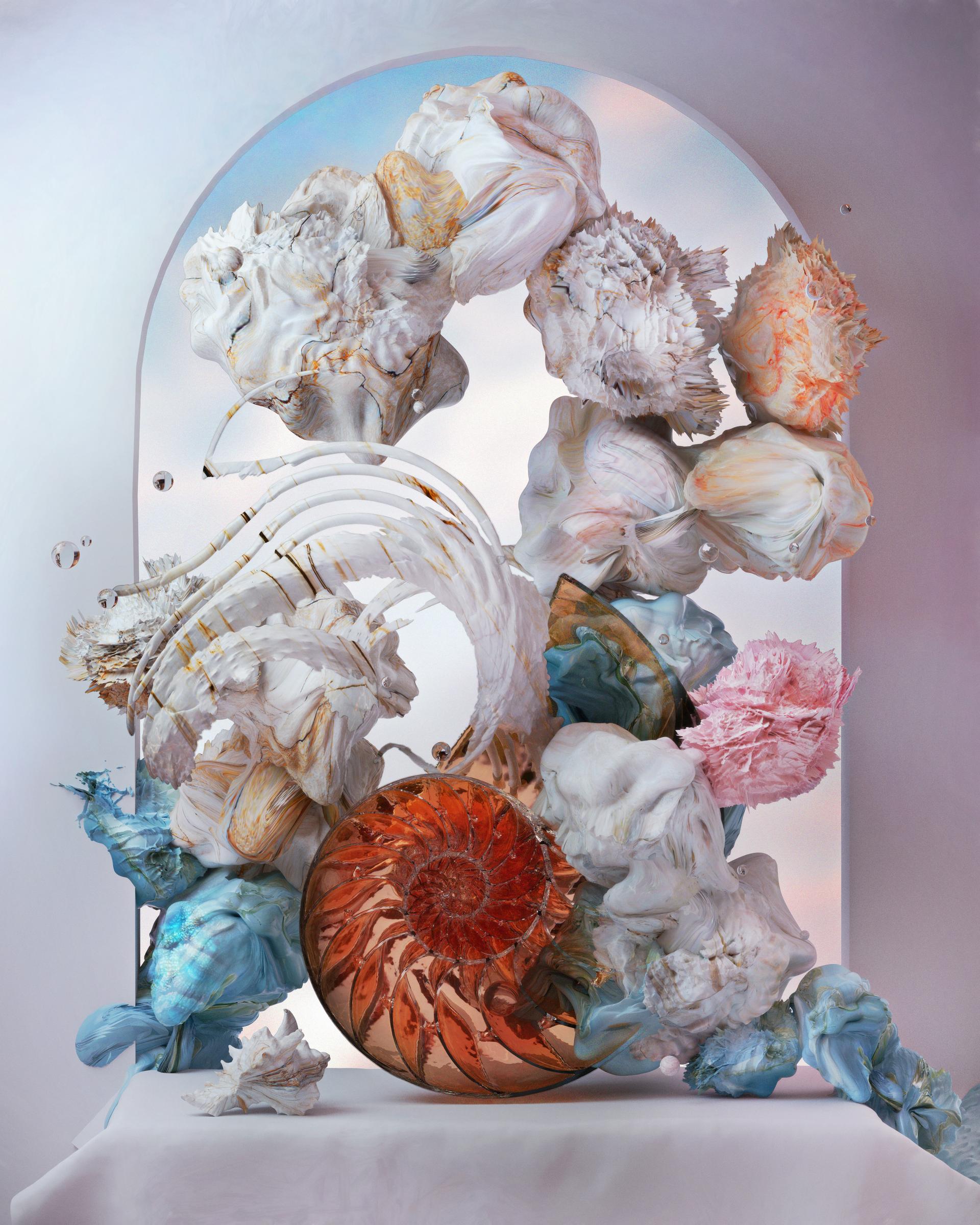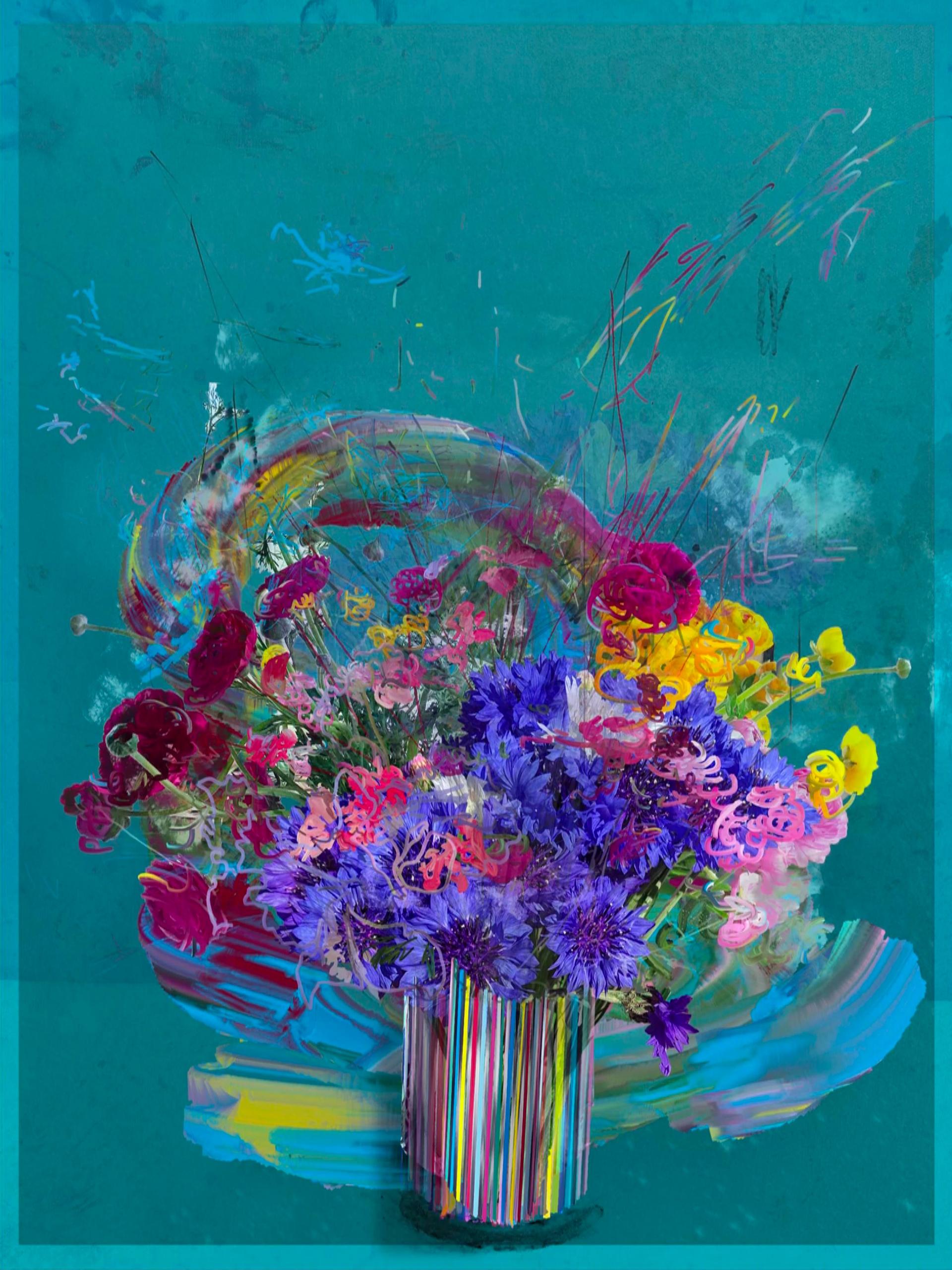Cryptozoology is a subcultural movement which studies creatures that are unrecognised by mainstream science. With the majority of all animals and plants on earth unobserved there are millions of cryptids out there, and this collection is a reflection on the diversity of life on earth and a speculation about what is possible.
Online there is a plethora of communities and records around the subject of cryptids, from sightings, recordings, and conversations to lists of these speculative creatures.
#Cryptidcore is traditionally associated with cryptozoology, or the study of creatures from urban legends and folklore, and the romanticization of the adventure and mystery surrounding conspiracy theories, ghost-hunting, cryptid-hunting, and the supernatural.
Curated by artist Joey Holder, the collection contains pseudo-scientific specimens which are off limits, made up, or undiscovered, shown alongside scientific formalised nomenclature. This year Joey will be launching a new project titled Cryptid where scientific method, myth, folklore, and tradition are brought together in new cosmological formations.
Cryptozoology is a subcultural movement which studies creatures that are unrecognised by mainstream science. With the majority of all animals and plants on earth unobserved there are millions of cryptids out there, and this collection is a reflection on the diversity of life on earth and a speculation about what is possible.
Online there is a plethora of communities and records around the subject of cryptids, from sightings, recordings, and conversations to lists of these speculative creatures.
#Cryptidcore is traditionally associated with cryptozoology, or the study of creatures from urban legends and folklore, and the romanticization of the adventure and mystery surrounding conspiracy theories, ghost-hunting, cryptid-hunting, and the supernatural.
Curated by artist Joey Holder, the collection contains pseudo-scientific specimens which are off limits, made up, or undiscovered, shown alongside scientific formalised nomenclature. This year Joey will be launching a new project titled Cryptid where scientific method, myth, folklore, and tradition are brought together in new cosmological formations.
